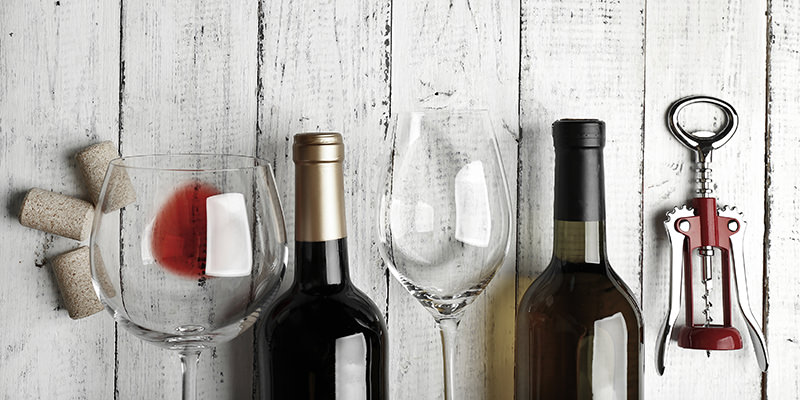“You’re gonna want to pop the cork and let this bottle of red open up for thirty minutes to an hour before drinking it.” WHAT?!
I teach a wine class once a week and no matter what the subject is about, at the end I always take general wine questions. And more often than not this one comes up. True or false they ask. When the question arises the attendees’ eyes widen as they see the frustration build on my face. I begin to stutter, pace and curse to myself as they brace themselves for my answer. What’s happening to me on the inside is a very loud AAARRRGGGHHH! I calm myself, take a breath. When I come to and everyone is still there I focus my attention and resoundingly and say FALSE!
Ok, kind of false. But as a wine geek, I don’t agree with this line of thinking. True, if you let a bottle sit for a while it has a chance to really open up and usually at that thirty minute or one-hour mark the wine should be at its peak aromatic and textural awesomeness. And usually when this recommendation is made it’s because the bottle you are purchasing is a big ol’ red, a funky “natural” wine or some crazy deep ass white.
But the reason people come to my classes and why you are here reading this article is because you want to learn about wine. You have an itch that needs scratching. You love the stuff as much as we do here at VinePair do and you crave education. So don’t miss a second of that wine opening up. If you let it sit and don’t touch it for thirty minutes you are denying yourself thirty minutes of education.
Education Keith, you ask? YES! Education in the form of experience and here’s why I say false to this, well, falsity. The moment you open a bottle of wine oxygen is rushing in and beginning to open it up. If you allow yourself a third of a glass pour every ten minutes or so and swirl it around in the glass, you will not only have a better understanding of the wine itself but wine in general.
At first you may notice that the wine is a bit harsh, maybe even a little dusty. That is the tannin structure of the wine not yet being affected by aeration. There will be fruit notes but they will be closed up and tight. Swirl it a little bit more and go back to it in ten minutes and something really cool happens. At this point some of the alcohol has evaporated and the tannins are settling in, mingling with the rest of the wine. Oxygen is doing its job and opening up the wine even more. Those fruit notes are now becoming more vibrant and even though you still sense the tannin it is not taking center stage anymore. As you keep coming back to the wine a little at a time you are actually witnessing a wine opening up. Even cooler is that as this happens new aromas can waft up into your face. Maybe in addition to those vibrant fruit notes you now get some savory hints like tarragon or rosemary.
All of these aromas are going to be present at the wine’s peak of openness but you have been with this wine on its journey and now know what happens as a wine comes full circle. If you had let the bottle sit untouched you would not have had this experience. See? Education through experience.
So you can see why there is some truth to letting it sit but why do that when there is so much happening while it is. So the next time you get the recommendation to let the bottle breathe just say, in the words of Steven Tyler, “I don’t wanna miss a thing.”

